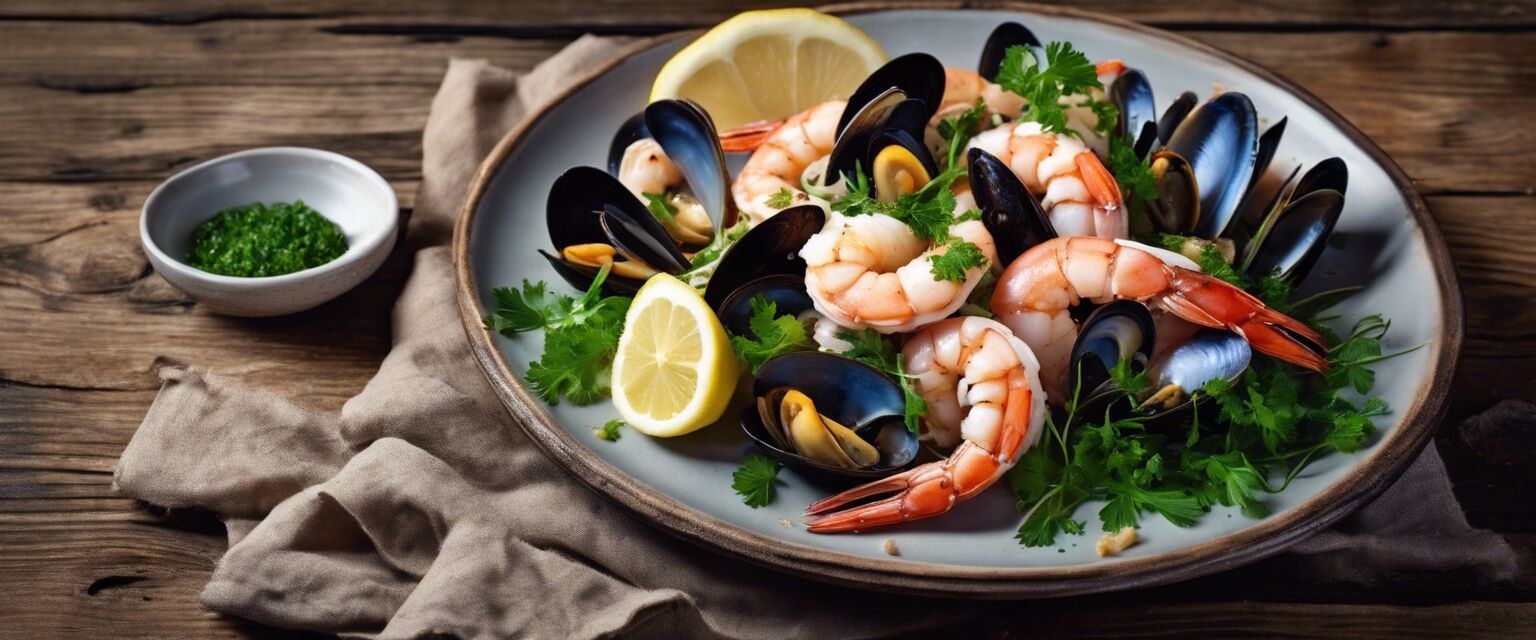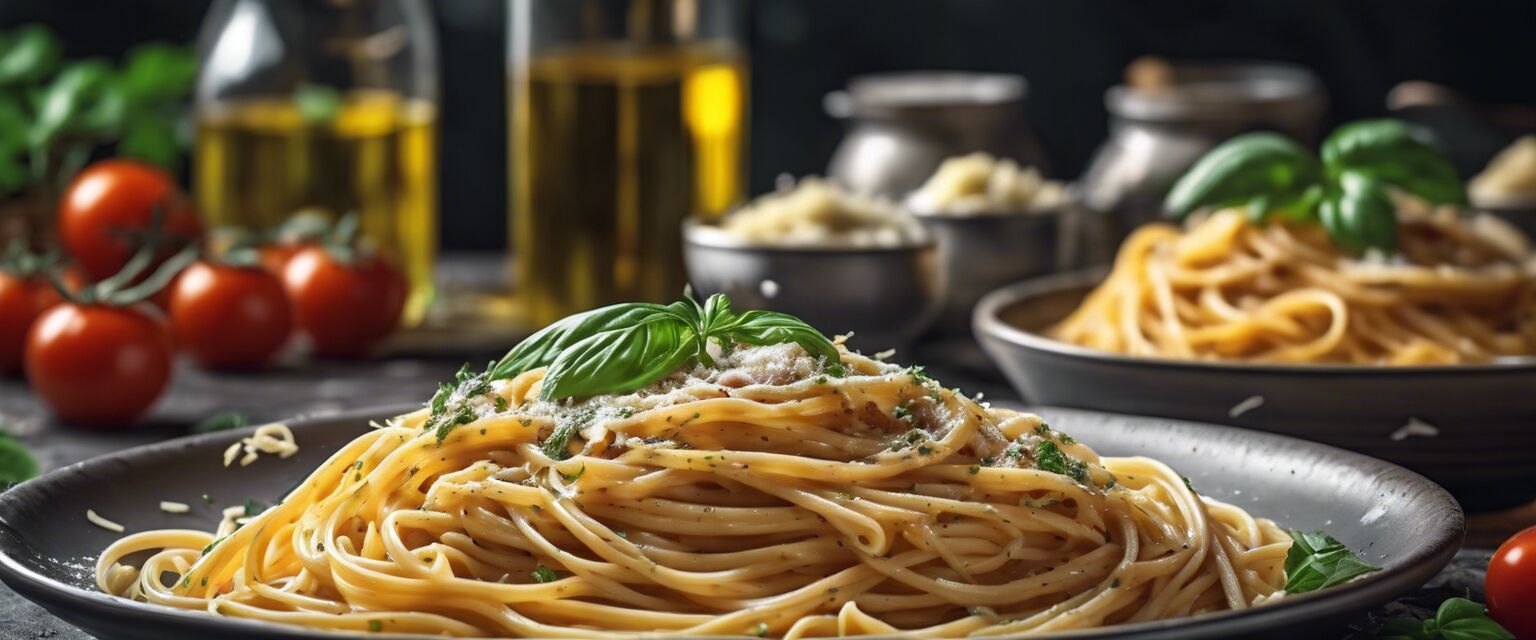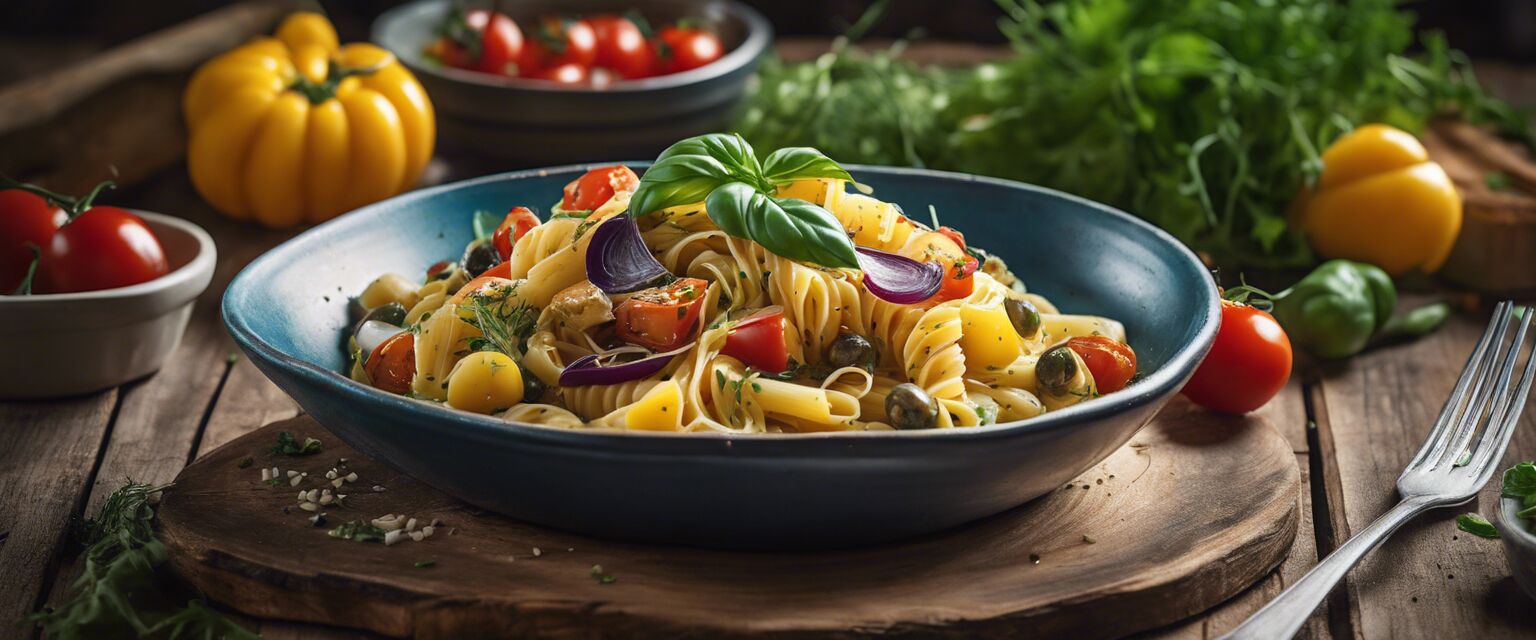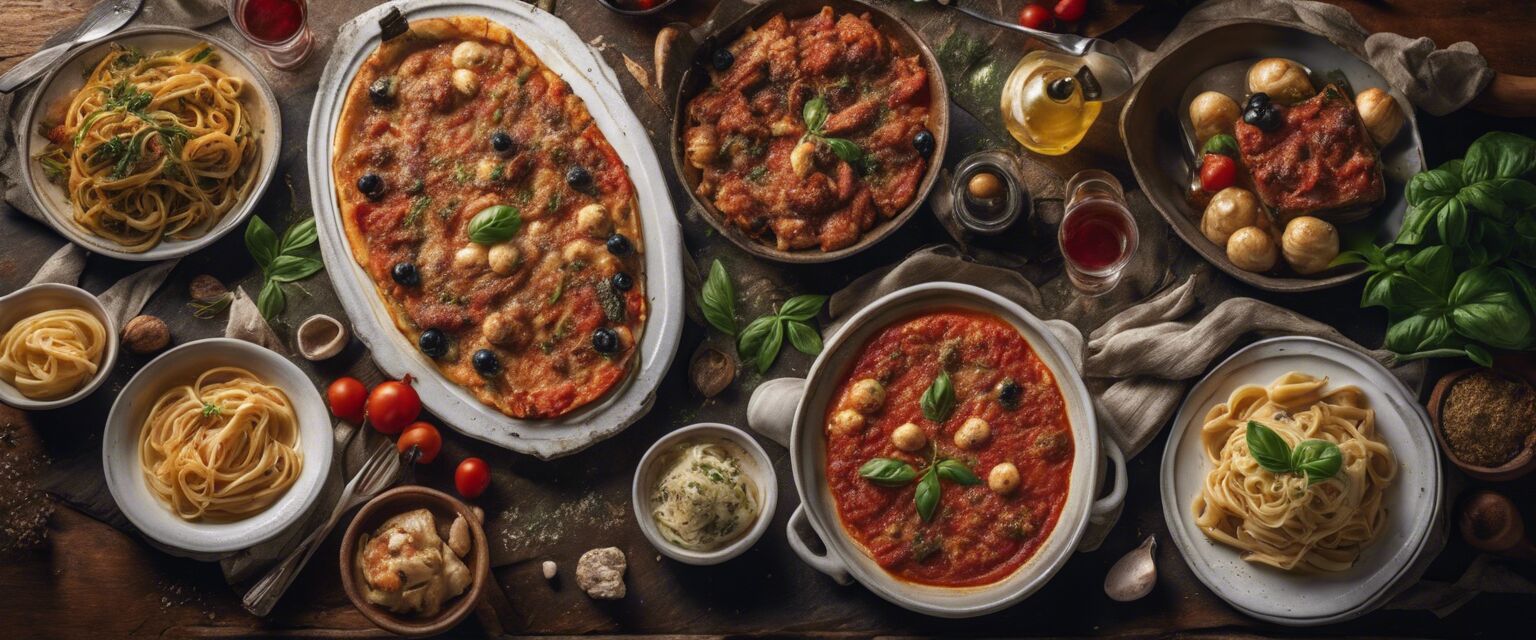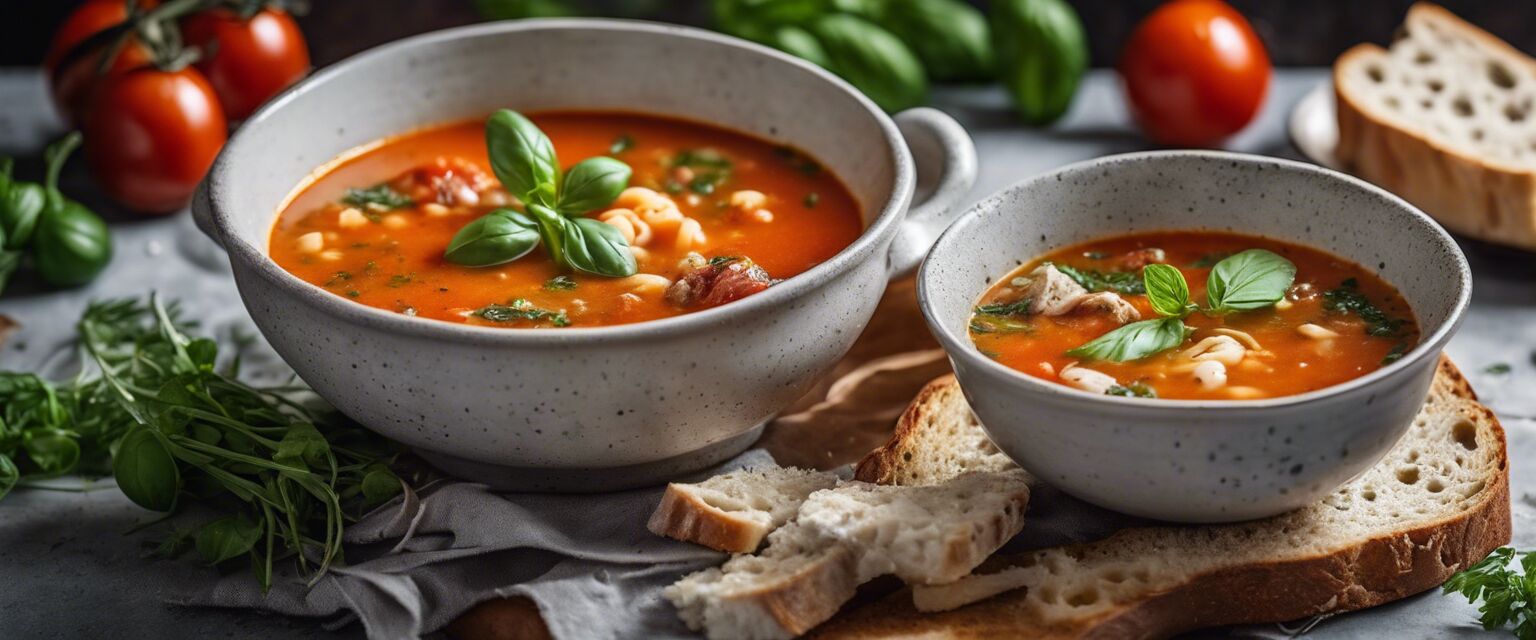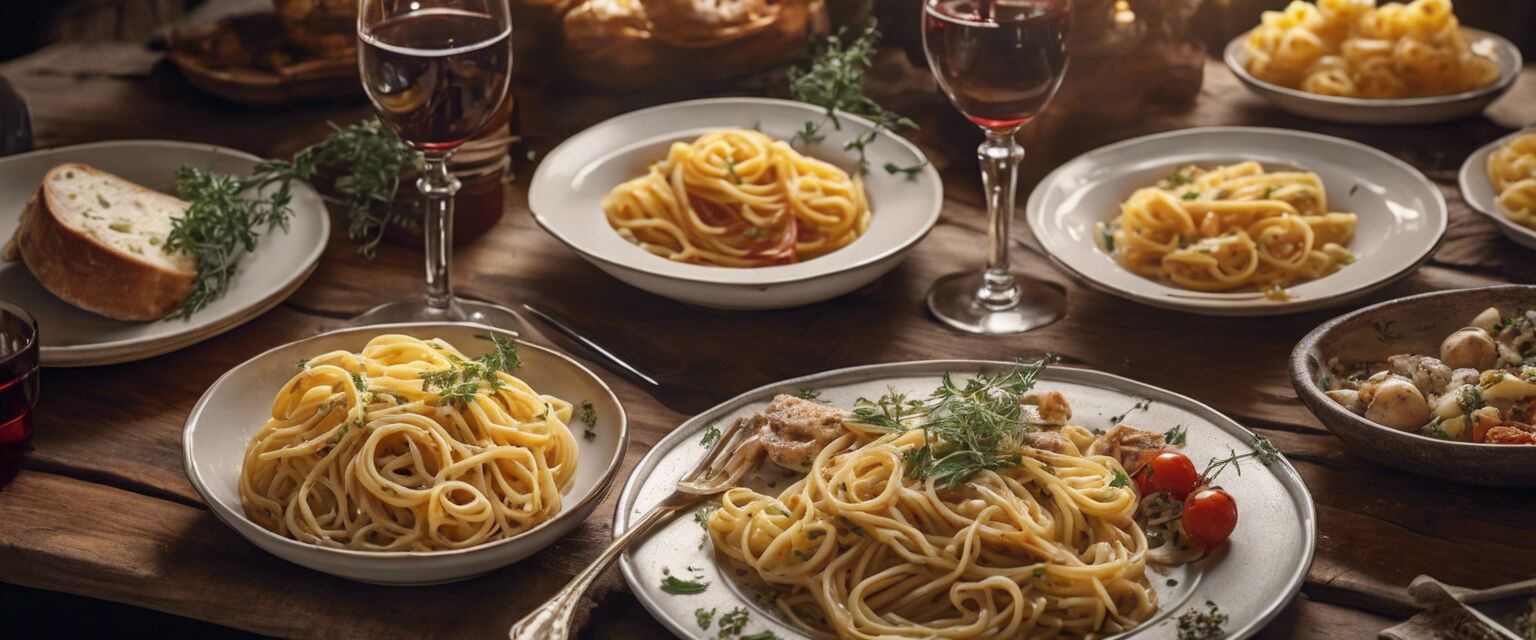
Italian Bread & Pizza
Key Takeaways
- Learn the basics of making authentic Italian bread and pizza dough.
- Explore essential ingredients that elevate your Italian baking.
- Discover tips for perfecting your bread and pizza at home.
- Understand the different types of Italian bread and pizza styles.
Mastering the art of making Italian bread and pizza from scratch is a rewarding culinary adventure. Whether you're preparing a simple Margherita pizza or a rustic loaf of Ciabatta, the techniques and ingredients you choose can make all the difference. This guide will walk you through the essentials, helping you create delicious Italian bread and pizza that will impress family and friends alike.
Essential Ingredients for Italian Bread and Pizza
| Ingredient | Purpose |
|---|---|
| Flour (00 or bread flour) | Provides structure and chewiness |
| Yeast | Leavens the dough, creating air pockets |
| Water | Hydrates the flour, activating gluten |
| Salt | Adds flavor and strengthens gluten |
| Olive Oil | Enhances flavor and adds richness |
Types of Italian Bread
- Ciabatta: A rustic Italian bread known for its crispy crust and chewy texture.
- Focaccia: An olive oil-rich flatbread often topped with herbs and vegetables.
- Pane Toscano: A traditional Tuscan bread, salt-free, with a mild flavor.
- Brioche: A sweet, soft bread often used for special occasions.

Making Italian Bread from Scratch
To make authentic Italian bread, follow these steps:
- Mixing: Combine flour, water, yeast, and salt in a bowl. Knead until smooth.
- First rise: Let the dough rise in a warm place until doubled in size.
- Shaping: Shape the dough into your desired loaf or rolls.
- Second rise: Allow the shaped dough to rest and rise again.
- Baking: Preheat the oven and bake until golden brown.
Types of Italian Pizza
| Pizza Type | Characteristics |
|---|---|
| Neapolitan | Thin crust, simple toppings, cooked in a wood-fired oven. |
| Sicilian | Thick and square, with a soft crust, often topped with tomato sauce. |
| Roman | Crispy and thin, with a variety of toppings, typically served by the slice. |
| Calzone | Folded pizza filled with ingredients, resembling a stuffed pocket. |

Making Italian Pizza Dough
Follow these steps for perfect pizza dough:
- Combine ingredients: Mix flour, water, yeast, and salt. Knead until elastic.
- First rise: Let the dough rise until doubled, usually 1-2 hours.
- Divide: Split the dough into individual portions for pizzas.
- Shape: Roll out the dough to your desired thickness.
- Topping: Add your favorite toppings before baking.
Baking Tips for Perfect Bread and Pizza
Beginner's Tips
- Use a kitchen scale for precise measurements.
- Invest in a pizza stone for a crispier crust.
- Experiment with different flours for varied textures.
- Don't rush the rising process; patience is key!
- Keep a log of your recipes and adjustments for improvement.
Pros
- Homemade Italian bread and pizza are fresher and healthier.
- You can customize toppings and flavors to your liking.
- It's a fun and rewarding cooking experience.
Cons
- Making bread and pizza from scratch can be time-consuming.
- Requires practice to perfect techniques.
- Ingredients may need to be sourced from specialty stores.
Conclusion
Making Italian bread and pizza from scratch is not only a fulfilling experience but also a delicious way to connect with Italian culinary traditions. By using the right ingredients and techniques, you can create authentic dishes that will impress your family and friends. So roll up your sleeves and start your Italian baking journey today!

